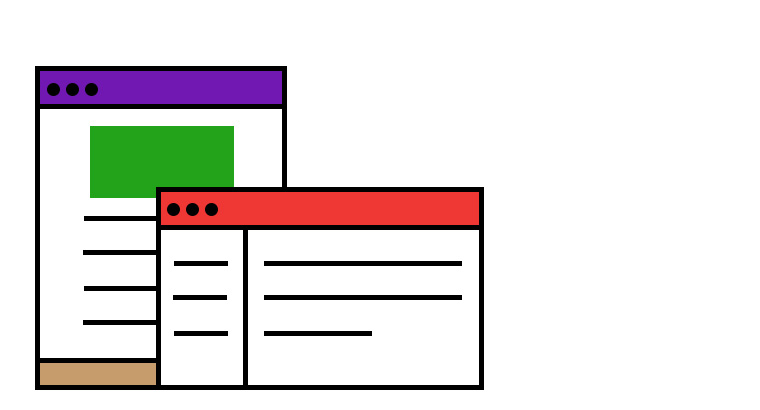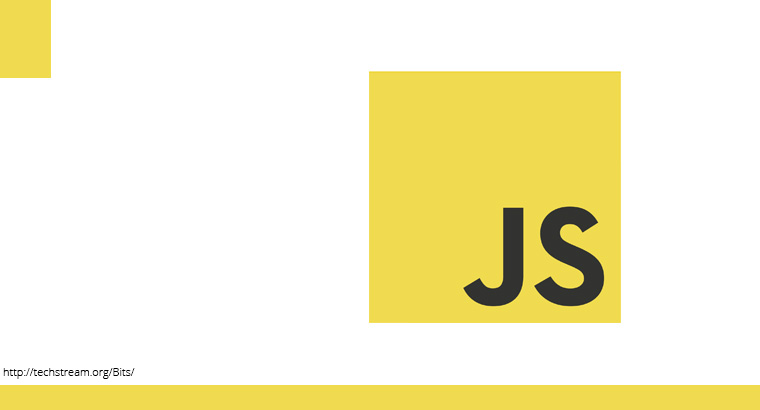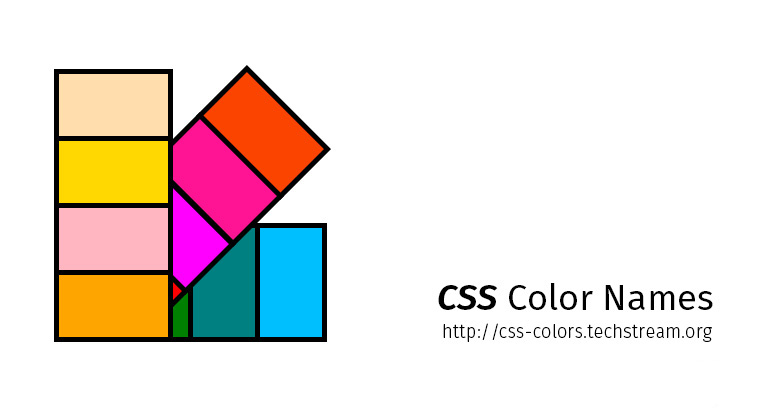Have you ever unveiled a new product or service on your website, only to meet with utter indifference? You’re not alone. Even if your website is running perfectly and your web store is ready to accept orders, you might find visitors missing out before the hit the target. Why isn’t your website converting? Maybe the problem is your design.
Get to the Point
Website visitors don’t have much patience. They skim instead of reading, and they generally click away within the first few seconds of most videos. In general, you only have about fifteen seconds to get (and keep) their attention. So it’s best not to waste any time. If you want your visitors to do something — sign up for that newsletter, download that ebook — make it highly visible, impossible to miss, and easy to get to. Put as few obstacles between the visitor and what they want as humanly possible.
Design that Drives
For maximum results, everything in your website design, from the graphics to the information flow, should push your visitors toward your goal. Make your navigation easy to use. Implement bold graphical elements that point users toward the end result. Keep copy simple and to-the-point. Everything about your website design, from the logo to the background color, should be colorful and clean. An ugly, convoluted design that draws the eye in multiple directions will only hinder conversion.
Implement the Funnel
Chances are you’ve already heard of the classic “funnel” model of converting visitors. In case you haven’t, it’s a simple four-step process that converts visitors into leads. Here it is in a nutshell:
- Call to Action : This is where you get your visitor excited about what you’re offering and urge them to download, sign up, or take whatever action you want them to take. It should be bold, highly visible, and easy to do. Once they click, they should be taken to…
- The Landing Page : A landing page is where you detail your offer with an attention-getting headline, clear copy, attention-getting graphics, and a working form for visitors to fill out the necessary information. The form should be visible “above the fold;” that is, viewable without having to scroll.
- Thank-You Page : Once your visitor has filled out the form, this page will confirm that the landing page has worked properly. Here’s your chance to thank your visitor for taking a chance on you and point them to their email, where you can begin the follow-up process.
- Personalized Email : Finally, a personalized email will deliver the promised goods, open up a conversation with your lead, and hopefully put you both on the path toward a business relationship.
Once you’ve completed these steps, you can start engaging with your customer by sending them relevant content.
Keep it Simple
In the desire to create a design that covers every possible contingency, it can be easy to overdo it. Resist the impulse to over complicate. Keep landing pages constrained to a simple but bold headline, a single topic, and a straightforward goal. Make your copy clean, pithy, and accessible. Keep everything short and to the point. Imagine your visitors are looking for any excuse to click away — because they probably are.
Test and Retest
One of the most important aspects of creating a website that converts is not to rest on your laurels. This is not a static process. Some of the most successful companies do constant A/B testing to see if they can increase their conversion by changing up their copy, design, or both. Change up your headline. Delete half your copy. Switch up the form. Implement tracking tools to see which approach is working for your visitors, and which is leaving them cold.
Conversion is a tricky, ever-changing process, one that requires frequent adjustment and vigilance. Just remember to hook your visitors right away, keep your approach simple, and make conversion easy. The rest is just details.



